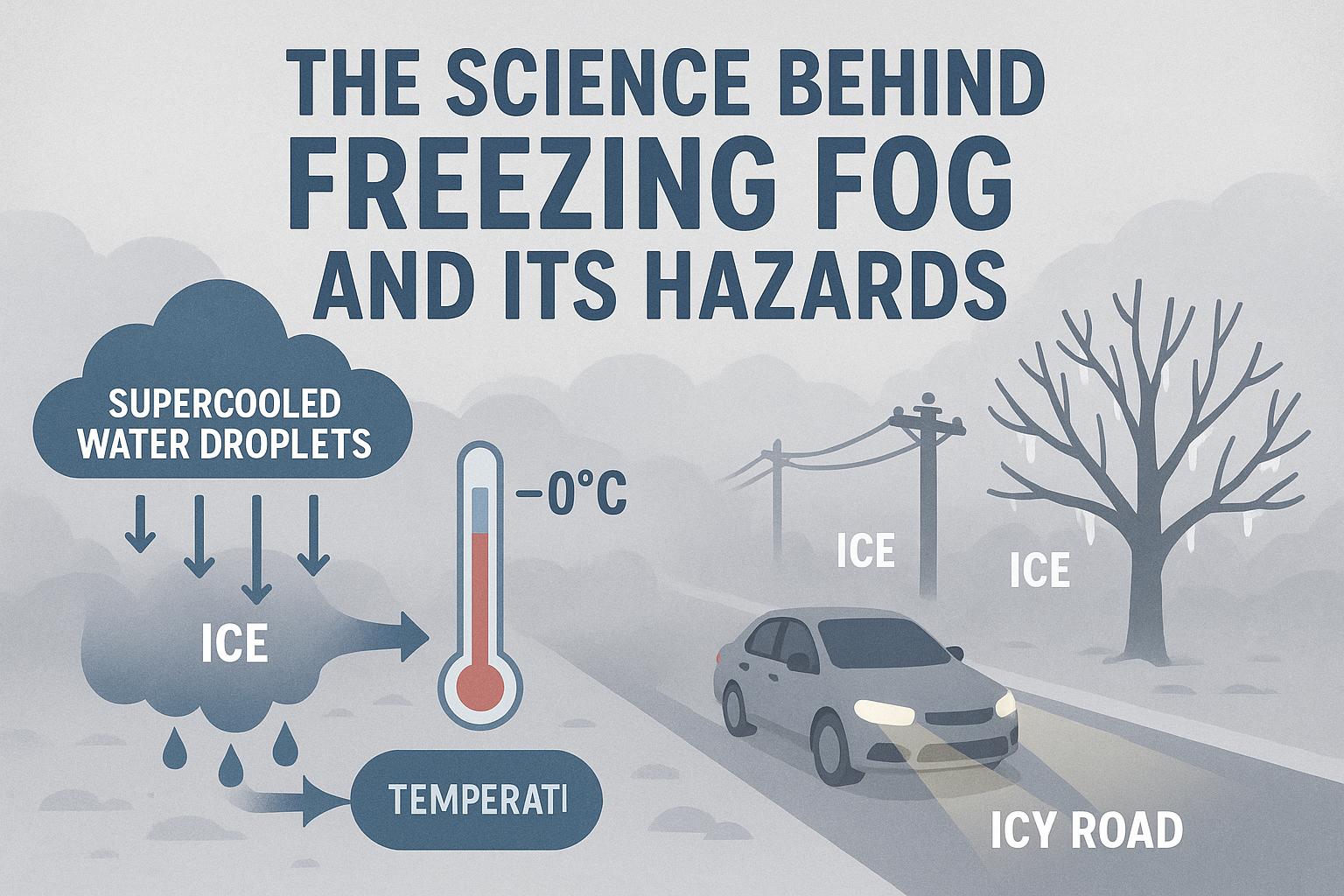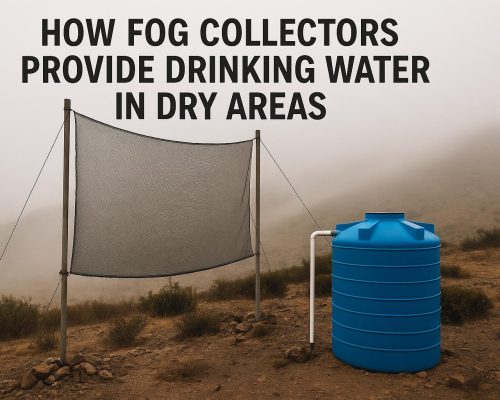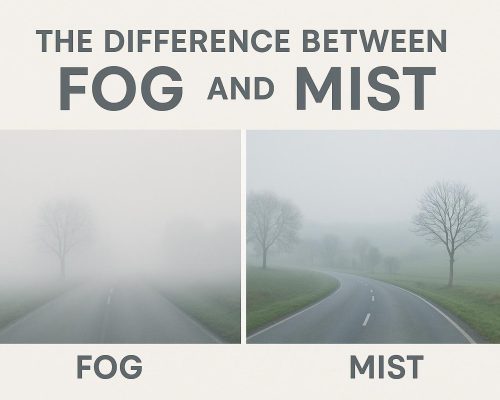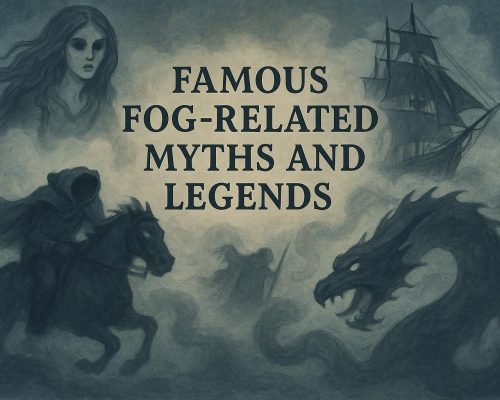
The Science Behind Freezing Fog and Its Hazards
The Formation of Freezing Fog
Freezing fog is a unique and intriguing meteorological phenomenon that occurs when tiny fog droplets freeze when they come into contact with surfaces that have temperatures below the freezing point. This captivating process often transpires in regions where cold air remains stagnant, creating an environment where water vapor in the air can condense. The minute, supercooled liquid droplets, despite being in a frozen environment, remain in liquid form until they collide with surfaces cold enough to cause freezing. This encounter results in the formation of a thin layer of ice, known for its beauty and hazard.
Conditions Favoring Freezing Fog
Understanding the conditions that favor the emergence of freezing fog requires an examination of specific atmospheric elements. Freezing fog primarily develops during the cold winter months when temperatures drop significantly. It is in these chilly environments, especially in regions experiencing minimal wind activity, that freezing fog becomes most prevalent. The absence of strong winds plays a crucial role because such winds can disrupt the calm atmosphere necessary for fog formation. This phenomenon is most commonly observed in valleys and low-lying areas where cold air tends to settle, creating an optimal environment for freezing fog to form unnoticed until its presence creates challenges.
The atmospheric conditions conducive to freezing fog include high humidity levels, allowing for the saturation of the air with moisture necessary for fog. The temperature of the surface must be at or below freezing to facilitate the transition of supercooled droplets to ice. The geographical features of a region, such as proximity to water bodies, can also influence the likelihood of freezing fog occurrence by providing additional moisture.
Hazards Associated with Freezing Fog
Freezing fog, while visually captivating, poses significant hazards, particularly impacting transportation routes and outdoor infrastructure. One of the primary concerns is the formation of rime ice, a thin layer of ice that develops when fog droplets freeze on various surfaces. This ice accumulation can lead to treacherous driving conditions as it can cover roadways, bridges, and vehicles. The presence of freezing fog compounds the difficulty of navigating roads by significantly decreasing visibility, which can lead to a heightened risk of traffic accidents.
Impact on Aviation
The field of aviation faces particularly pronounced challenges due to freezing fog. The accumulation of ice on aircraft surfaces disrupts their aerodynamic properties, posing substantial risks during critical phases such as takeoff and landing. As a result, airports may face operational disruptions, including flight delays and cancellations due to inhibited visibility and the increased need for de-icing procedures to ensure aircraft safety. This necessitates careful planning and coordination among airport authorities and airlines to mitigate disruptions and maintain safety standards.
Effects on Power Lines and Vegetation
Beyond transportation, freezing fog has profound effects on infrastructure and the environment. Power lines are susceptible to ice accumulation, which adds weight and exerts stress, leading to sagging or complete breakage. Such incidents can cause widespread power outages, particularly in rural locations where infrastructure repair may face delays. Vegetation is not spared; trees and shrubs under the weight of ice may experience significant structural damage, resulting in broken branches and, in some cases, the demise of younger plants unable to bear the additional weight.
Safety Measures and Mitigation
Mitigating the dangers posed by freezing fog requires a blend of proactive measures and continual monitoring. Transportation departments play a critical role by employing sand or salt on roads, enhancing traction and minimizing ice formation. These measures contribute to safer driving conditions under foggy, icy scenarios. Public awareness, supplemented by timely weather updates, enables drivers and pedestrians to exercise caution and make informed decisions when venturing outdoors during such conditions.
Employing technology such as weather forecasting tools allows for better anticipation and preparedness for freezing fog events. Warning systems can alert the public to the possibility of freezing fog, affording them the chance to take preventive measures. Additionally, structural designs can account for potential ice accumulation, reducing the risk of damage in affected regions.
Long-term Implications of Freezing Fog
Beyond immediate hazards, freezing fog can have long-term implications for affected areas. The cumulative impact of ice on infrastructure can lead to increased maintenance costs and necessitates more frequent repairs. Environmental degradation from damaged vegetation can alter ecosystems, affecting biodiversity and the ecological balance.
Understanding freezing fog also has implications for climate modeling and weather prediction, as it plays a role in the microclimate of certain regions. Continuous research and observation of freezing fog events contribute to refining predictive models, improving not only safety measures but also expanding our broader understanding of atmospheric sciences.
Advancements in Freezing Fog Research
As technology advances, so does our capacity to study and understand freezing fog. Recent developments in meteorological instruments and satellite imagery provide deeper insights into how this phenomenon forms and behaves. This knowledge aids in fine-tuning predictive models, enhancing our ability to forecast such events accurately.
Research in atmospheric sciences continues to explore the complexities of freezing fog, examining its interactions with global weather patterns and exploring its potential implications in the context of climate change. Collaboration among meteorologists, environmental scientists, and engineers is key to advancing our comprehension of freezing fog and developing innovative solutions to mitigate its adverse effects.
Further Reading
For those interested in delving deeper into the complexities of freezing fog and its broader implications, resources from organizations such as the NOAA and other weather service entities offer extensive information. These platforms provide valuable insights into a variety of weather phenomena, safety measures for dealing with adverse weather conditions, and up-to-date weather forecasts to aid in preparation and response. The understanding gained from these resources can empower individuals and communities to better navigate and cope with conditions associated with freezing fog.






